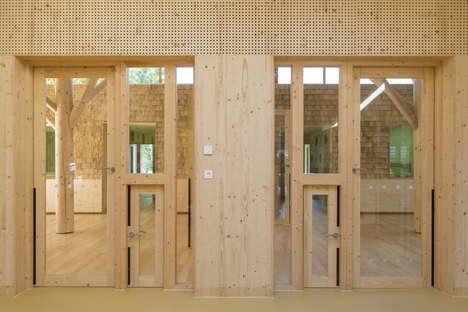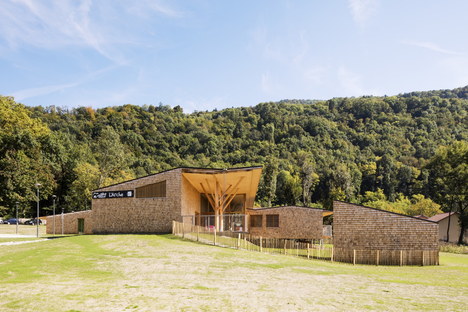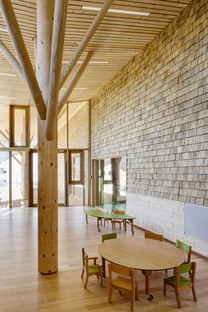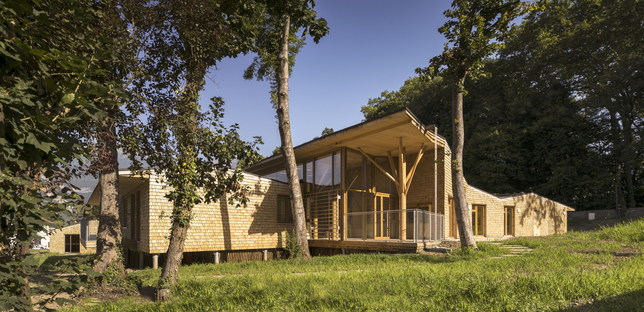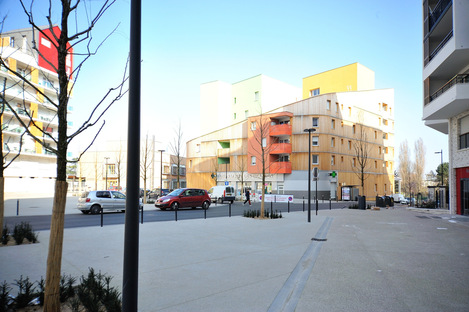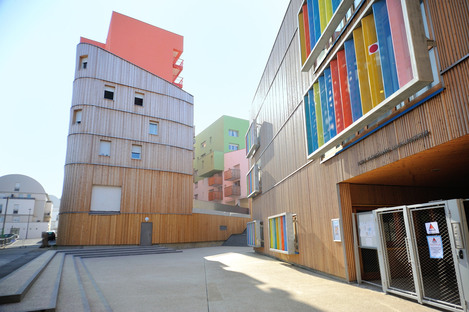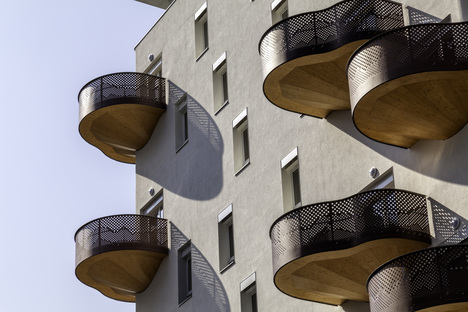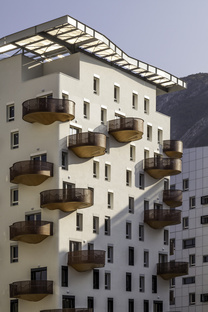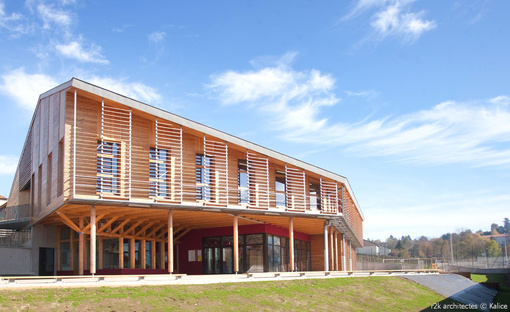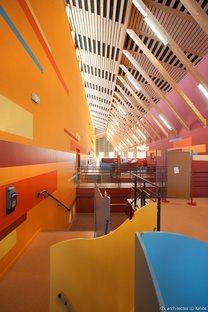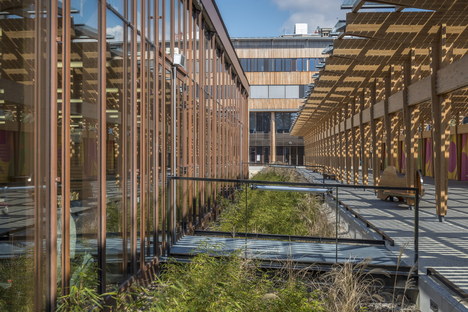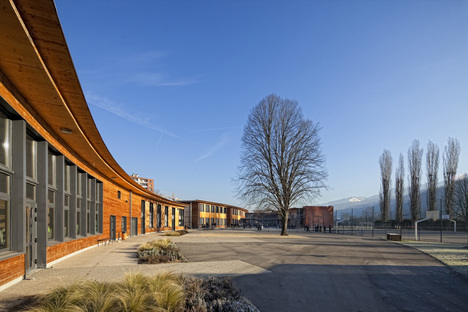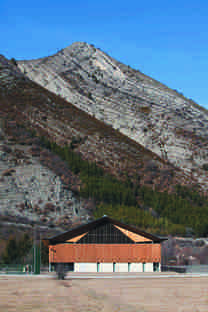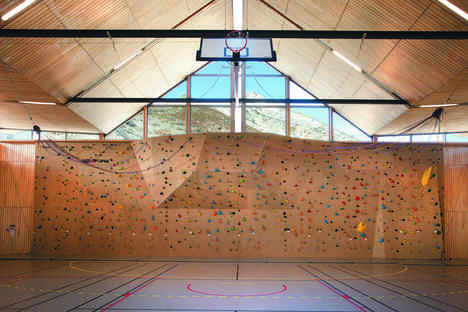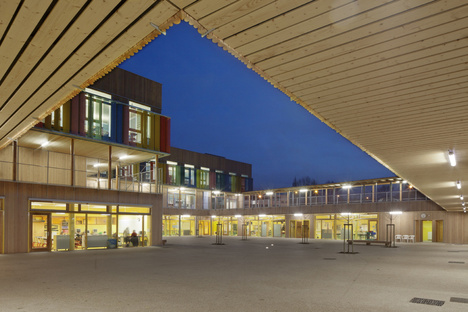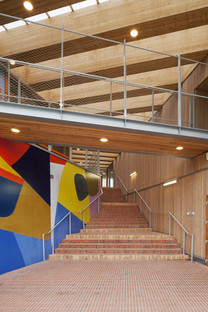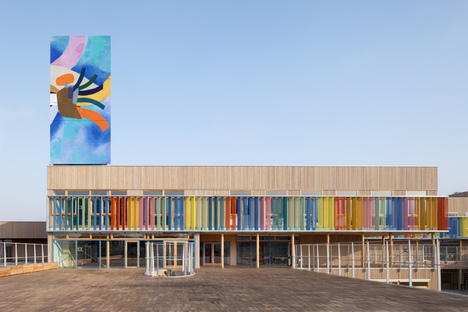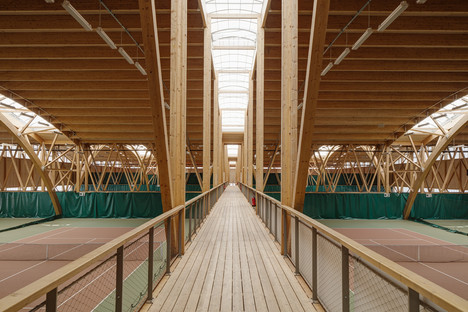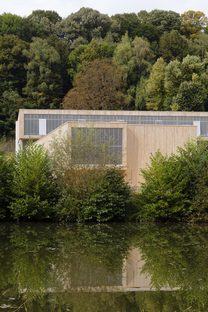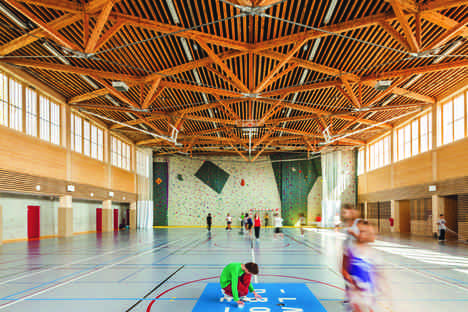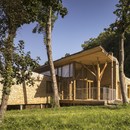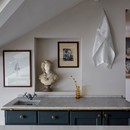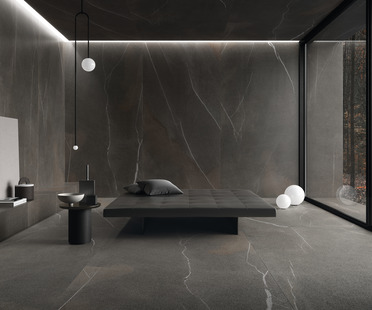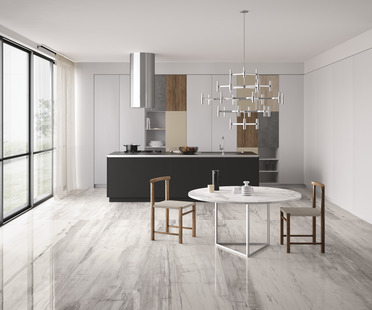19-12-2018
Interview with R2K, Olavi Koponen and Véronique Klimine
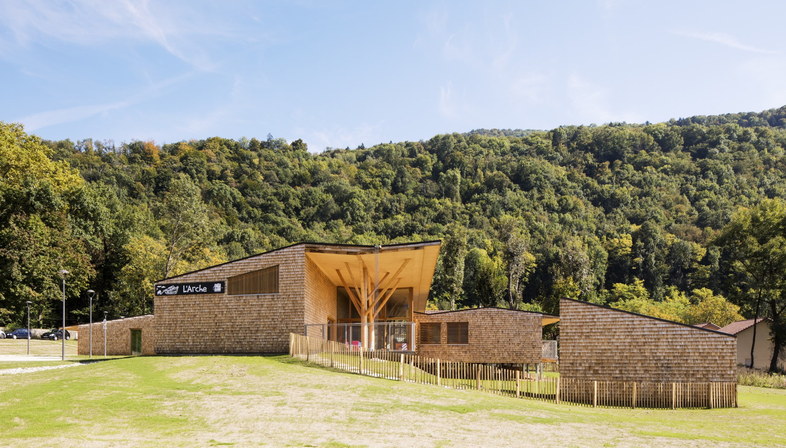 Olavi Koponen, you often say that design today must start with climate, what it is like today and what it will be like 50 years from now. But what does this mean in actual practice? For example, how does your knowledge of the resources available in your location actually guide you?
Olavi Koponen, you often say that design today must start with climate, what it is like today and what it will be like 50 years from now. But what does this mean in actual practice? For example, how does your knowledge of the resources available in your location actually guide you?Koponen: Our studio has always approached design in terms of environmental issues, focusing our attention on timber constructions. And in our line of work, this is more or less a matter of following rules and regulations. Now I think that we, or rather I, must change my paradigm of architecture, meaning that I need to understand exactly what it means to make long-lasting architecture, in our line of work. In this sense, I’m sure that understanding the climate of the place where the project will be built is an essential starting point. Our solutions must be based on concrete knowledge so that we can create a harmonious, beautiful construction for the people who live in that place.
Speaking of healthy spaces, of healthy environments, what specific policies do you implement systematically in your design work?
Klimine: We effectively need to contribute our knowledge and work as a team, because without feedback on our experience, it is difficult to analyse whether the calculations made on paper during the preparation process are realistic once the building has been constructed and is actually in use. And so in 15 years we have revolutionised our choice of systems, heating methods, cladding quality, and thermal insulation, but a building is a living body, and so it takes years to put the figures together and monitor how it reacts to use, to climatic conditions, to maintenance and to the environment.
Koponen: In Finland, we have huge problems with the health of our buildings’ occupants. In actual fact a lot of schools, offices and homes have simply been shut down by the people in charge of environmental health. Many of these buildings are new. Over the years we have built our homes to be refuges for us, but now these buildings have become a great risk to our health, and this is a great paradox, in view of our original goal! Some of the problems may be a result of the way we use buildings, and above all our maintenance systems. For every human being is part of a broader ecological system, and separating a human being from their environment is not a feasible solution. This also applies to bacteria and microbes. They are a part of our environment, and a part of us. We can only be healthy in an ecosystem that has sufficient diversity.
How important is the interdisciplinary aspect of design? What influence do different skills and sharing of knowledge have in your studio and your work, and how important do you think they will be in the future?
Klimine: Finding the perfect team of engineers is the most effective way. We have been working very closely with partners in the field of construction of timber buildings right from the start: Arborescence, Jaques Anglade, Gaujard Technologies. Choosing thermal and environmental engineers is a complex challenge. It is the people who provide the skills, not just the organisation.
Koponen: The design process is different in France. Here, we work as a team with specialised engineers right from the start of the project, and we are in charge of the budget throughout the entire process, right until the building is completed. We may have all the practical know-how right from the start, but the system is quite complex and requires specific organisational skills.
To what extent can you measure the satisfaction of users of an architectural project, either a private home or a public space, today, and how important is this information for you, in seeking to achieve well-being and create better environments for living in the future?
Klimine:
We need more feedback so that we can react in the next project. In a public building there are different types of users, the institution which pays for the building and the users who use it. And so a building may be used in different ways, and the link between our client and the end users may not be direct.
Koponen:
The end users or their representatives are fully involved in the planning process. Our primary goal is to ensure that users are happy. This sometimes requires a critical approach to the client’s requests, because users change, and buildings must serve them all. We ask for and get feedback from users, and also obtain statistics on real performance.
Is it possible to achieve a type of architecture that compensates for its own presence? What I mean is, the energy it contributes is equal to or greater than the energy it consumes? And its soil consumption is practically reduced to zero, its environmental costs are paid? And if this is not possible, do you think it will be in the future?
Klimine:
When I look at an urban structure in France, I think the real work is balancing its occupation of land, reconsidering the attraction of buildings that have been constructed in the past without any significance or quality. Finding new objects for the future may look like a drop of water in the ocean of our responsibility for improving the spaces in which people are already living.
Koponen: Considering energy consumption alone, buildings that produce more energy than they consume have already been constructed. But in a broader sense, in terms of the buildings’ overall environmental impact, the question is a tough one: how can we add human and social value to the site we occupy, how can we re-establish the ecological system we have disturbed, how can we make up for our use of new material resources and the time we have invested in the project? Perhaps this has been done, in part, and, with the right attitude and experience, it can be taken even further.
Mara Corradi
http://www.r2k-architecte.com/










